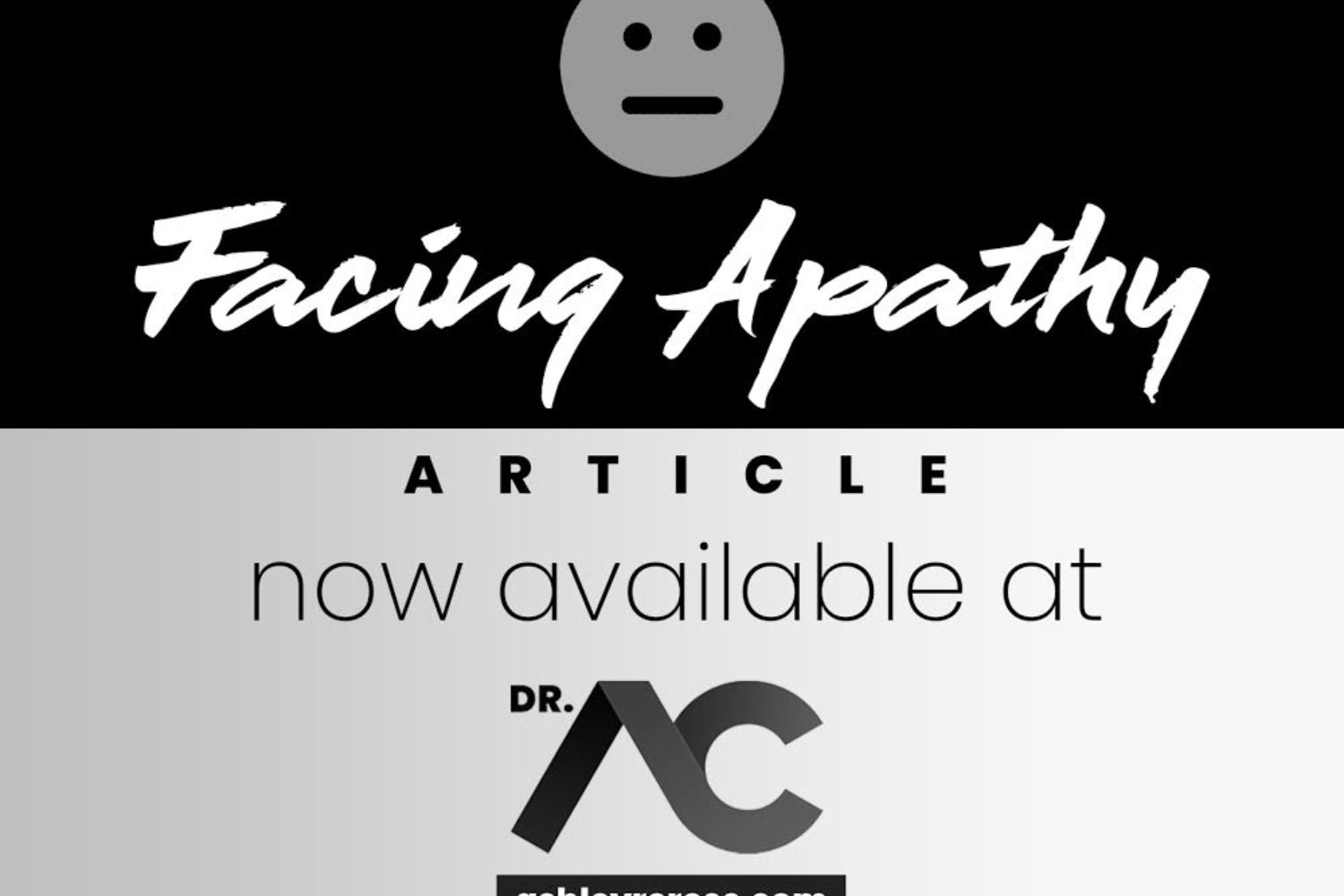“Why don’t you care?” Before I knew better, I thought asking foster children who demonstrated apathy this question. I mean, what other question do you ask a child who consistently makes bad choices, refused to go to school, refuses visits with their parents and siblings, and does not respond to or budge at the threat of a consequence.
If I were to ask you what the opposite of hope was, you would say something like despair, hopelessness, or maybe misery. Dr. Chan Hellman offered a different answer. If the Science of Hope suggests that hope is a psychological source that drives individuals to sustain motivation, then the opposite has to be something that drains someone’s motivation. That something is apathy.
Disappointment, failure, and shame move people through a gradual process of losing hope. Once met with failure or disappointment, we move from hope to anger, and anger manifests when we experience goal blockage. After the feeling of anger, if the individual cannot adjust the goal and feels there are no other available pathways, they move from anger to despair. Someone experiencing despair is not void of motivation, meaning despair may be close to hopelessness, but it is not the same. However, after being in the feeling of despair long enough without identifying new pathways, one moves into the place of apathy. Apathy is the complete loss of motivation, and that is the opposite of hope.
According to Seltzer (2016), here are two things that may lead to apathy:
- Experiences that lead to negative thoughts about yourself, feelings that leave you feeling inferior, incompetent, inadequate, and worthless.
- Events that leave you demoralized. These are events that make you feel that anything you might attempt to make it better could not possibly make the slightest difference.
When children experience significant goal blockage that leads to apathy, they typically need an adult’s assistance to recover their hope. You can help children regain their hope by defeating apathy by following these steps:
- Identify their point of disappointment/ perceived failure and acknowledge their pain and disappointment. This is a great time to build connection through empathy.
- Since over-attending to adverse events can trigger a perpetual cycle of negative feelings, help disrupt this cycle by shifting their focus to positive events. (Read my article: Building Hope Through Practicing Gratitude).
- Re-goal if needed or help them identify a new pathway to their desired goal. (Read my article: Helping Children Set Goals and Build Pathways for more techniques to build pathways)
- Actively and consistently focus on goal setting. Start small for easy victories (hope begets hope) and then establish stretch goals as they build agency.
Remember hope can be taught, hope can be learned, and hope can be restored (Hellman, C. 2020). Anyone struggling with the feeling and attitude of apathy simply needs to recover their hope.

